
After refitting late in the summer of 1800, the master and crew of revenue cutter Pickering boarded their vessel at Newcastle, Delaware, for their next Caribbean war patrol. It would be the last time they set foot on dry land.
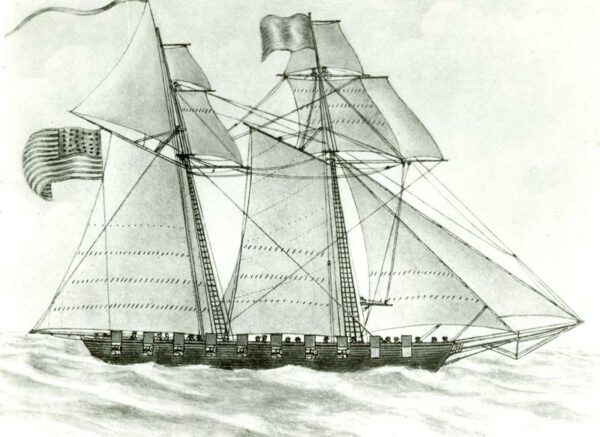
Between 1797 and 1801, the United States and Revolutionary France fought an undeclared naval war called the Quasi War. Angered that the United States had remained neutral in France’s armed struggle with Great Britain, the French issued letters of marque, empowering French privateers to prey on unarmed American merchantmen. With the Navy’s new warships still under construction, American strategists called on the Revenue Cutter Service to defend U.S. shipping and fight the French. It was the first of many conflicts in which the Service’s cutters fought side-by-side with units of the U.S. Navy
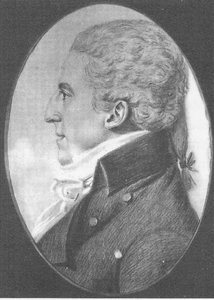
The Treasury Department commissioned the Merrill Shipyard of Newburyport, Massachusetts, to build the revenue cutter Pickering based on the plans of renowned naval architect Josiah Fox. Pickering carried 14 cannons, even though a contemporary rendering shows the brig pierced by 10-gun ports per side. The cutter’s crew consisted of 70 men, including a master, mates, able seamen, ordinary seamen, marines and boys. Named in honor of then Secretary of State Timothy Pickering, the sleek two-masted cutter carried double headsails, and double topsails fitted to each of its raked masts. This spread of canvas provided greater speed and enabled the cutter to catch the fastest privateers. Maritime historians refer to the cutter’s sail configuration as a “jackass brig,” but contemporaries just called it a brig.
In January 1799, Bostonian Benjamin Hiller took command of the cutter after serving as Pickering’s first mate for over a year. In May 1799, the Treasury Department transferred control of the cutter to the re-established U.S. Navy and Hiller and his crew received Navy ranks and rates. In a little over a year of cruising and convoy duty, Hiller and his men would establish quite a reputation. Pickering re-captured at least 10 American, British and Dutch prize vessels; captured an armed French merchantman; and took five heavily armed French privateers.
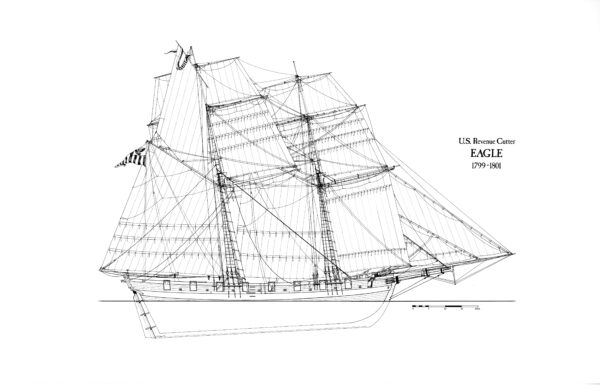
In early October 1799, the French sent the most powerful privateer in the West Indies on a mission to capture or destroy Pickering. With between 14 and 18 nine-and six-pound cannon, and double-manned with between 175 and 250 men, l’Egypte Conquise out-gunned and out-manned Pickering’s defenses of only 14 six-pounders and a crew of less than 100. Termed by witnesses as “severe,” the brutal nine-hour gun duel occurred on Oct. 8, 1799. The warships fought for five hours, broke off the battle for an hour, and re-commenced the firefight for three more hours. Exhausted and heavily damaged, with numerous dead and dying on its bloody decks, l’Egypte Conquise struck its colors and surrendered. Pickering’s epic battle with the privateer serves as a testament to the bravery of Pickering’s crew in the face of overwhelming odds.
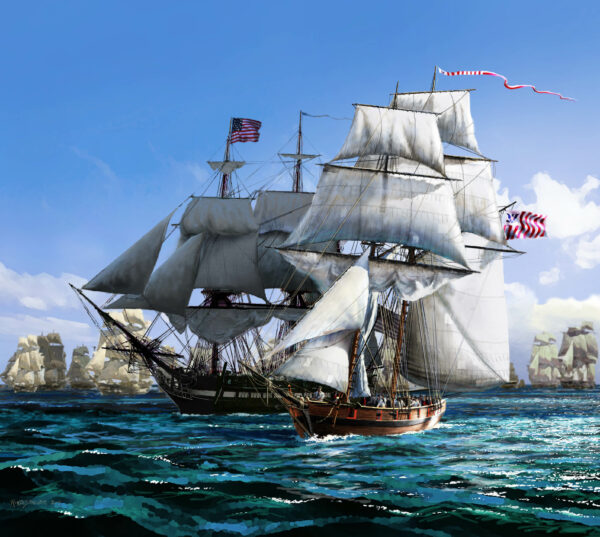
In September 1800, dark clouds formed on the equator and swept north. A tropical storm described by the newspapers as an “equinoctial gale” swirled over the Bahamas and grew quickly into a raging hurricane. Devastating wind and waves threatened the intrepid 36-gun frigate, USS Insurgent. Recently captured from the French and transferred into the Navy, Insurgent sailed into the maelstrom’s howling winds and towering seas. The frigate and its crew of 340 men vanished without a trace.
The storm also overtook Pickering and its sister cutter Scammel, both on war patrols. On board Scammel, the crew jettisoned cannon and anchors in an effort to ride out the storm. As mountains of water avalanched over Pickering, men ran for cover, others tried to save the ship, while others washed overboard. Pickering and its crew had survived gun duels with powerful enemy warships, but they faced impossible odds in this fight with Mother Mature.
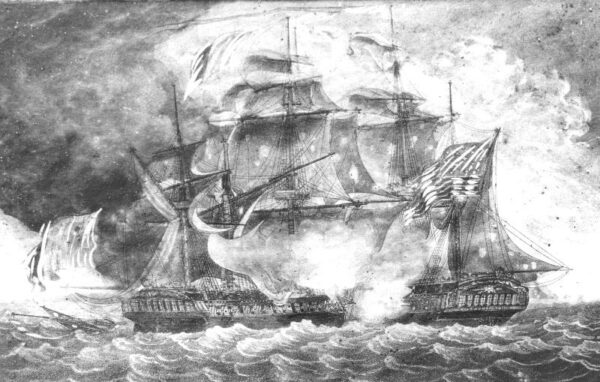
After the maelstrom passed, just one cutter remained; however, it was Scammel and not Pickering. A December 1800 newspaper article reported, “a large copper-bottomed brig, with quarter-boards and a range of ports, was seen bottom upwards” by a merchantman sailing through the 23rd parallel after the storm. That was the last anyone saw of Pickering.
Today, the Coast Guard is embarking on a new class of medium-endurance cutters. The “Heritage” Class of 360-foot Offshore Patrol Cutters (OPCs) will operate worldwide fulfilling all of the service’s maritime security and safety missions. Pickering (WMSM-919) will be the fifth in the first flight of OPCs and the third service vessel to bear this historic name. Pickering and its OPC sister cutters will become the mainstay of the Coast Guard’s ocean-going fleet. For more information on the OPCs, check the Coast Guard Acquisition Directorate’s Offshore Patrol Cutters web page at “Offshore Patrol Cutter”.
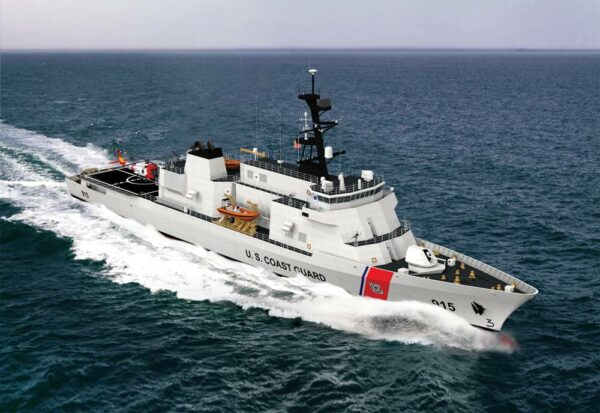
During the Quasi War, U.S. naval authorities considered the Pickering one of their finest combat cutters. Today, 225 years later, Pickering will be recognized and remembered as one of the Coast Guard’s newest class of cutters. The cuttermen of Pickering and their heroic cutter will always remain a part of the long blue line.
National Coast Guard Museum insider tip: National Coast Guard Museum visitors will be able to learn more about the Pickering and other early revenue cutters during the Quasi War in the Defenders of the Nation wing on Deck 3.
